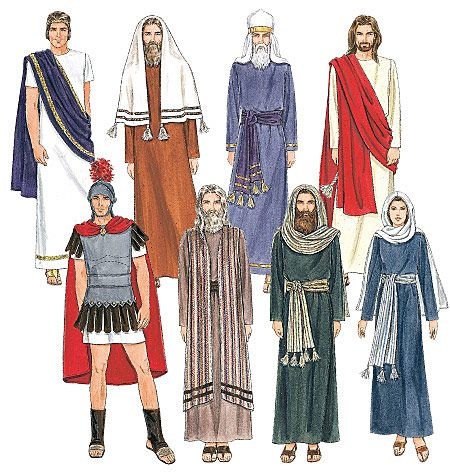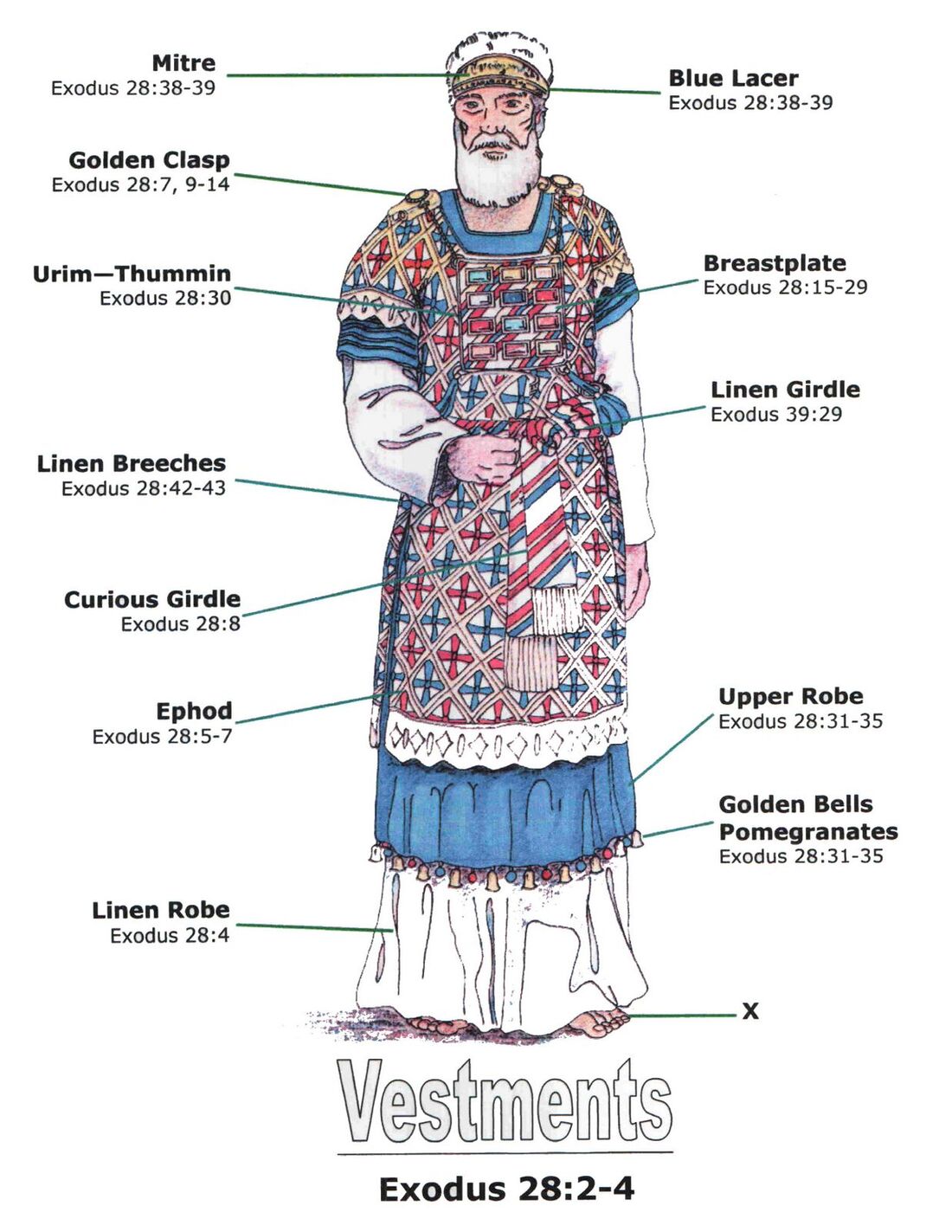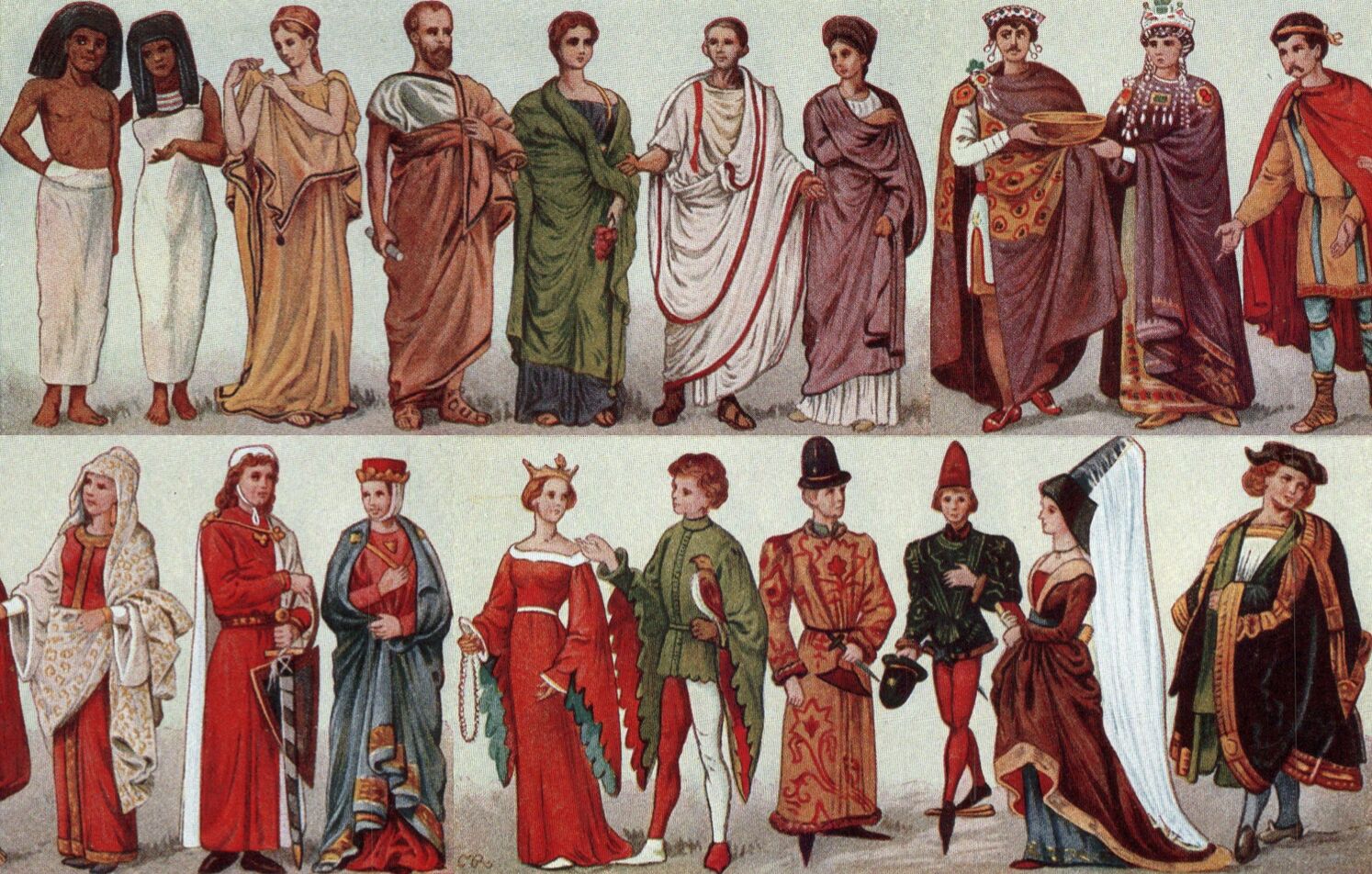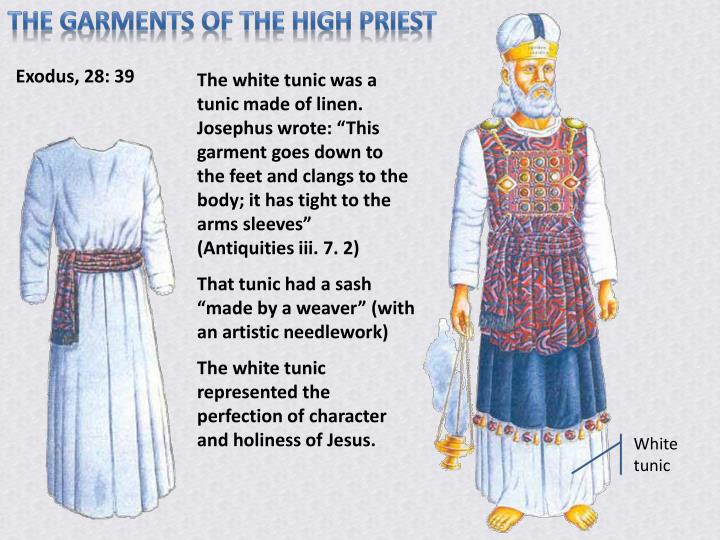Unveiling The Garments Of Antiquity: A Look At Clothing In Jesus’ Time
Unveiling the Garments of Antiquity: A Look at Clothing in Jesus’ Time
Related Articles: Unveiling the Garments of Antiquity: A Look at Clothing in Jesus’ Time
Introduction
With enthusiasm, let’s navigate through the intriguing topic related to Unveiling the Garments of Antiquity: A Look at Clothing in Jesus’ Time. Let’s weave interesting information and offer fresh perspectives to the readers.
Table of Content
Unveiling the Garments of Antiquity: A Look at Clothing in Jesus’ Time

The world of Jesus’ time, spanning the first century CE, was a vibrant tapestry of cultures and traditions, each with its distinct dress codes. Understanding the clothing of this era offers a window into the social hierarchy, religious practices, and daily lives of the people who walked the earth alongside Jesus. This exploration delves into the fabric of ancient attire, revealing the materials, styles, and significance of garments worn during this pivotal period in history.
The Foundation: Fabrics and Materials
The foundation of clothing in Jesus’ time was woven from natural fibers, primarily wool, linen, and leather. Wool, sourced from sheep, was the most common material, particularly for the lower classes. Its durability and warmth made it ideal for the harsh winters of the region. Linen, derived from flax plants, was prized for its coolness and absorbency, making it suitable for the hot summers. It was often worn by the wealthy, as its production required more labor and resources. Leather, obtained from animals, was used for footwear, belts, and some garments, particularly among the working class.
The Everyday Ensemble: Tunics, Cloaks, and Sandals
The basic garment for both men and women was the tunic, a simple, loose-fitting garment reaching to the knees or ankles. It was typically made of wool or linen and could be worn alone or layered. The cloak, a larger, heavier garment worn over the tunic, provided warmth and protection from the elements. It was often made of wool and could be fastened with a belt or brooch.
Variations in Dress: Distinguishing Social Status and Roles
While the basic tunic and cloak were staples, variations in fabric, style, and embellishment reflected social status and roles. Wealthy individuals often wore tunics of fine linen, elaborately embroidered or dyed. Their cloaks might be made of luxurious wool or even silk, adorned with fringes or tassels.
The Significance of Color: More than just Aesthetics
Color played a significant role in ancient clothing, often symbolizing social standing, religious affiliations, or even mourning. White, associated with purity and holiness, was often worn by priests and religious leaders. Purple, a rare and expensive dye, was reserved for royalty and high officials. Black was often worn as a symbol of mourning, while brown and gray were common colors for the working class.
The Influence of Culture and Religion:
The influence of Jewish and Roman culture was evident in the clothing of the time. Jewish men, for example, were required to wear tzitzit, small fringes attached to their garments, as a reminder of God’s commandments. Roman soldiers wore distinctive togas, long, flowing garments that symbolized their authority.
Headwear and Accessories: Completing the Ensemble
Headwear was essential, particularly for women, who often wore veils or head coverings as a symbol of modesty and respect. Men might wear hats, turbans, or simply tie their hair back. Footwear consisted primarily of sandals, often made of leather or woven reeds. Belts, jewelry, and other accessories added personal touches and reflected social status.
The Significance of Clothing in the Gospels:
The Gospels provide glimpses into the clothing of Jesus and his disciples. Jesus is often depicted wearing a simple tunic and cloak, reflecting his humble origins and teachings. His disciples, too, wore plain garments, signifying their commitment to a life of simplicity and service.
FAQs about Clothing in Jesus’ Time:
1. What did Jesus wear?
Jesus, as a Jewish man of the time, likely wore a simple tunic and cloak, possibly made of wool. He was not known for extravagant clothing, reflecting his focus on spiritual matters rather than material possessions.
2. What were the differences in clothing between men and women?
While both men and women wore tunics and cloaks, women’s garments were often longer and more modest, reflecting the social norms of the time. Women also wore veils or head coverings as a sign of respect and modesty.
3. What role did color play in clothing?
Color was not simply a matter of aesthetics but also held symbolic meaning. White represented purity and holiness, purple signified royalty, and black was associated with mourning.
4. What were the most common materials used for clothing?
The most common materials were wool, linen, and leather. Wool was favored for its warmth and durability, linen for its coolness and absorbency, and leather for footwear and belts.
5. How did clothing reflect social status?
Wealthy individuals wore finer fabrics, more elaborate embroidery, and more expensive dyes. Their garments were often adorned with jewels and other embellishments, showcasing their status and wealth.
Tips for Understanding Clothing in Jesus’ Time:
- Explore historical art and artifacts: Paintings, sculptures, and archaeological finds offer valuable insights into the clothing of the time.
- Read historical accounts: The Gospels, Josephus’ writings, and other historical texts provide descriptions of clothing and social customs.
- Consider the climate and geography: The climate and terrain of the region influenced the types of clothing worn.
- Pay attention to symbolism: Colors, materials, and styles often held symbolic meanings, reflecting social status, religious beliefs, and cultural practices.
Conclusion:
The clothing of Jesus’ time was not merely a matter of fashion but a reflection of social structures, religious beliefs, and daily life. It provided warmth, protection, and a means of expressing identity and status. By understanding the garments of this era, we gain a deeper appreciation for the people who walked the earth with Jesus, their customs, and the challenges they faced. This journey into the world of ancient clothing offers a glimpse into the past, revealing the enduring influence of tradition and the profound connection between clothing and the human experience.








Closure
Thus, we hope this article has provided valuable insights into Unveiling the Garments of Antiquity: A Look at Clothing in Jesus’ Time. We hope you find this article informative and beneficial. See you in our next article!
You may also like
Recent Posts
- The Allure Of Cubic Zirconia: A Comprehensive Guide To Its Beauty And Versatility
- The Evolution Of Jewelry Design: Embracing The Power Of CAD
- Corfe Castle: A Journey Through Time In The English Countryside
- Restoring A Precious Symbol: Repairing A Cut Ring
- A Comprehensive Guide To Silver Jewelry In Chennai: Unveiling The City’s Silver Treasures
- A Glimpse Into Kolkata’s Golden Legacy: Exploring City Gold Jewellery
- Navigating The Landscape Of Charitable Giving: Supporting Local Communities In The Wake Of COVID-19
- Corfe Castle And Village: A Journey Through Time
Leave a Reply